10 Types of Flutes from Around the World
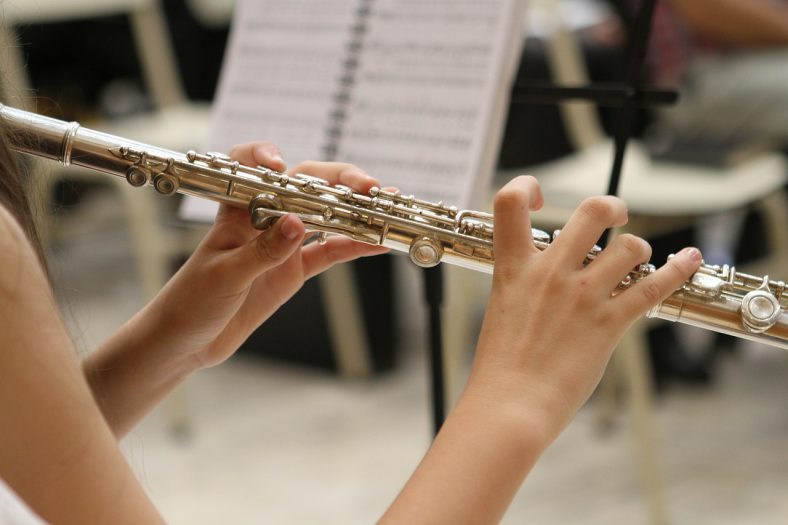
A flute can come in many different sizes, shapes, and types, but they all have one thing in common—the rich and graceful sound they produce. This article will introduce you to the 10 types of flutes around the world, including the 4 main types of western concert flutes.
Flutes are very versatile instruments. Once you have mastered the art of playing them, it’s great to explore a wide range of musical genres!
Western Concert Flutes
There are several different types of Western concert flutes. Listed below are the most common types:
1. Concert Flute (C Flute)
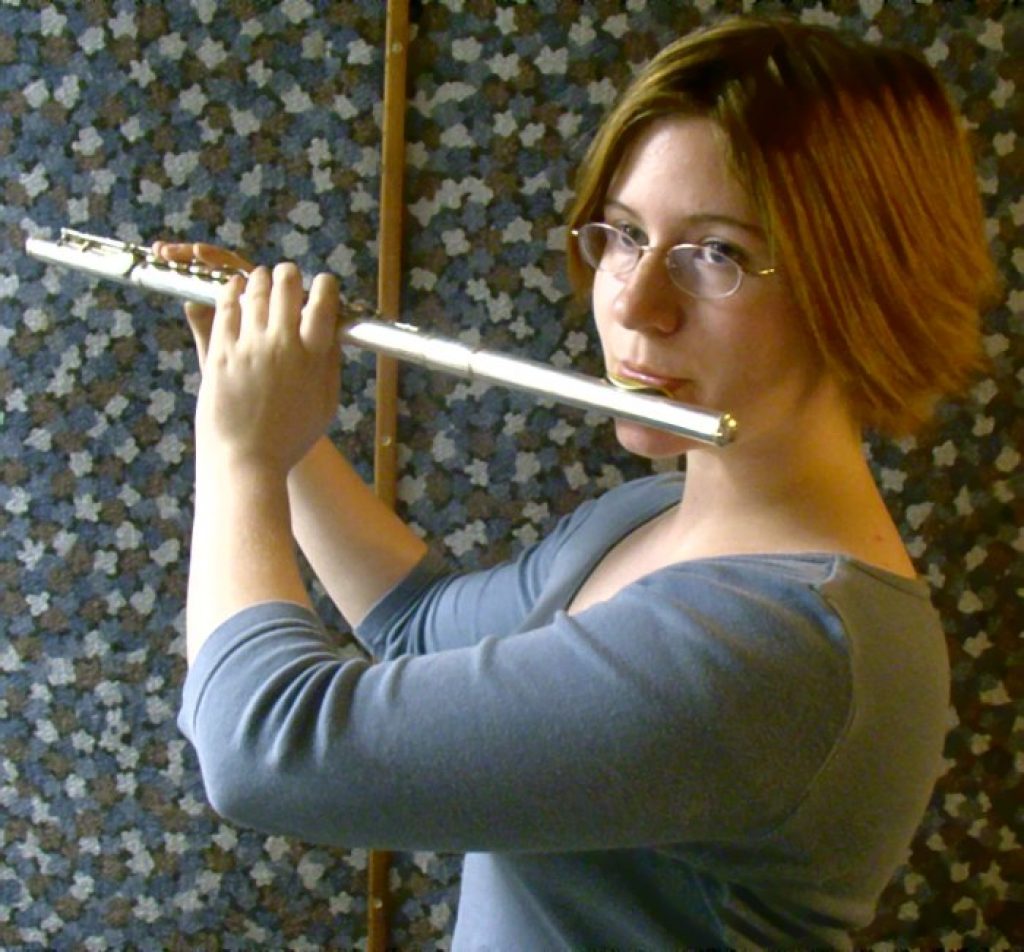
A concert flute (also called a C flute) is an edge-tone instrument that has gained enormous popularity in western cultures.
As its name implies, the C flute features the C key, and although most flutes are played vertically, the C flute is played horizontally. The body of the flute consists of three parts—the head joint with the mouth hole, the middle joint (body), and the foot joint. You will find the tone holes on the body and the foot joint of the flute.
The concert flute is common in symphonic orchestras and often leads the woodwind section as the descant. It is also used to colorize certain passages like cascades, thanks to its ability to play fast passages.
The standard range of the concert flute is from C4 to D7 or C3 to D6. When it’s in the low register, the sound is warm but also somewhat foggy. In the middle register, the concert flute produces a clear but not too prominent sound, while the upper register provides a light and clear sound.
2. Piccolo
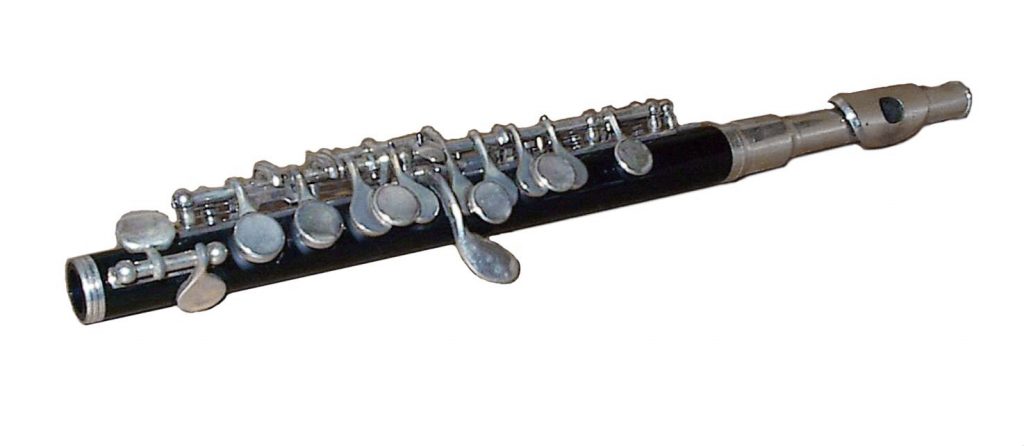
The piccolo is often referred to as the sibling of the concert flute.
It consists of two parts instead of three—the head joint with the mouth hole and the middle joint with the holes and the key work. The piccolo became an integral part of the romantic orchestra after Beethoven gave it a prominent passage in his ‘Sixth’ and ‘Ninth’ symphony.
The piccolo has a very high range, which is why it was used in military music. The standard range of the piccolo flute is from D5 to C8 or D4 to C7. It is located one octave above the concert flute.
Due to its size, the piccolo is the highest-pitched instrument in the orchestra. The low register brings a foggy yet soft sound which can only be played in the piano dynamic. The middle register is the most used and provides a bright sound, while the upper register offers a high and shrill sound.
3. Alto Flute
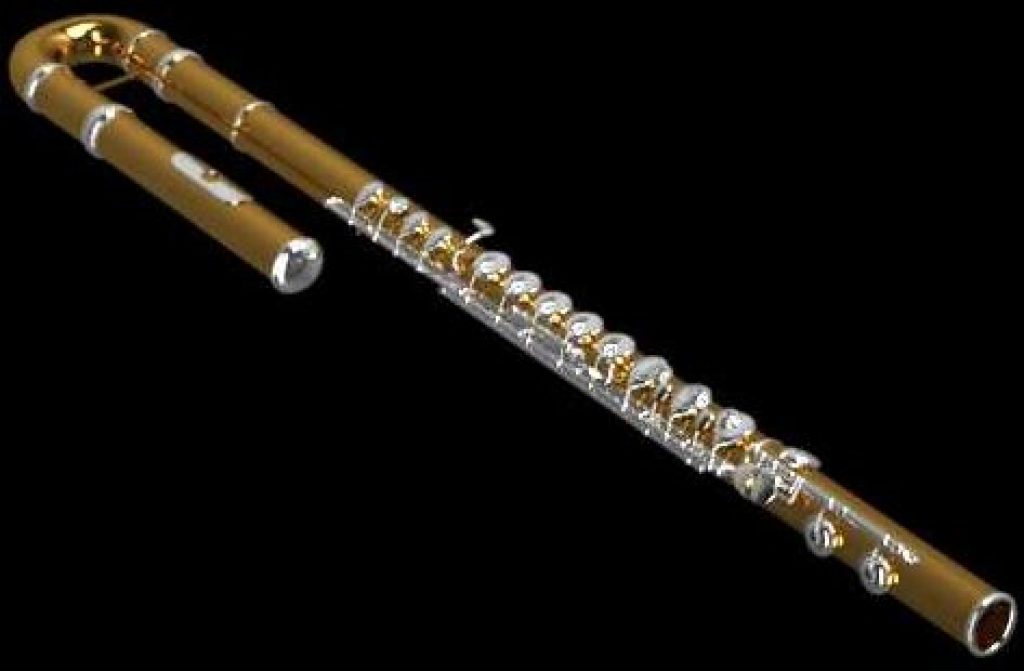
The alto flute is the only commonly played flute that isn’t in the key of C but is in the key of G. The sound produced by an alto flute is relatively lower than a concert flute, which means a D on an alto flute is going to sound like an A on a concert flute.
Despite all this, the fingering on this flute is the same as on a regular C flute, and it gives out a beautiful breathy sound.
The range of an alto flute is from G3 to G6, and its low register brings out a rich yet mellow tone. An alto flute doesn’t reach too much sharpness even on the highest note, as it maintains its softness throughout.
It has been widely used as a color instrument in the orchestra.
4. Bass Flute

Until the introduction of a bass flute, the alto flute was sometimes called the bass flute since it was the lowest member of the flute family.
In terms of design, you will find most bass flutes quite similar to each other—with silver-plated bodies and J-shaped head joints. However, some of the older forms of bass flutes feature an S-shaped bend in the neck as well.
The tone holes can be found on the body of the flute.
The bass flute gives out a very earthy sound, which will enhance the depth of the music. The standard range of a bass flute is from C3 to C6, and you will notice that most of its range lies above middle C.
The instrument lacks projection in lower octaves, which is why it is mainly played in solo settings.
Flutes From Around the World
Apart from the Western concert flutes, listed below are the most common types of flutes from around the world.
5. Irish Flute
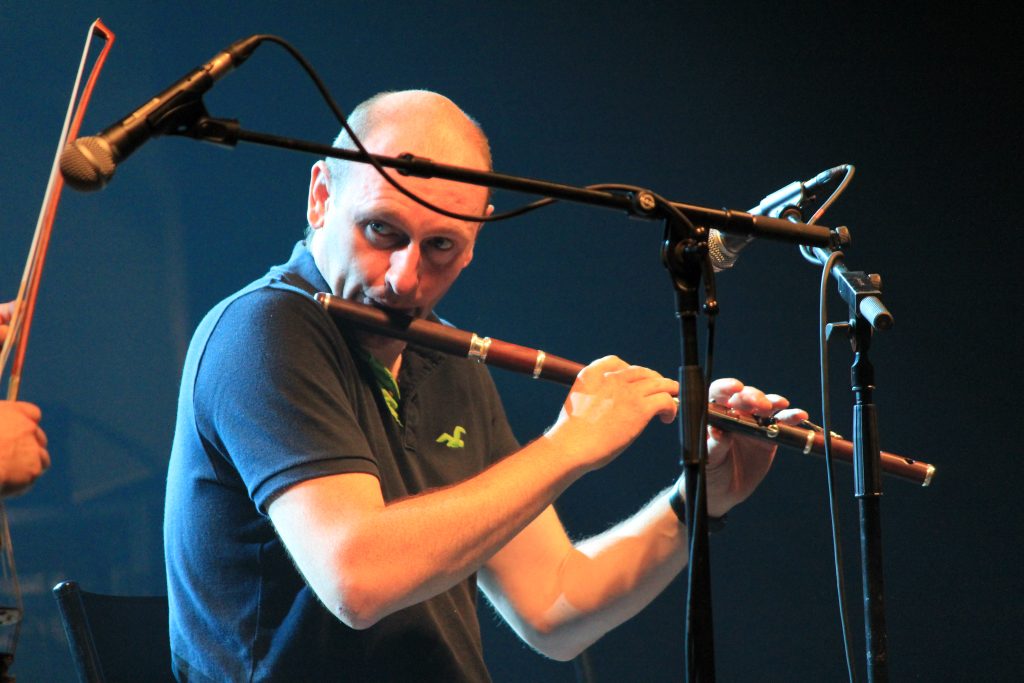
Irish flutes are simple instruments introduced in Ireland during the mid-1800s. These flutes come in various sizes and designs, ranging from keyless Irish flutes to ones with keys.
Almost all Irish flutes are made out of wood, and there are three main components of the flute. These components include the head joint, body, and foot joint.
They are available in the range of D, and most players use them to produce high-pitched sounds.
6. Bansuri (Indian Bamboo Flute)
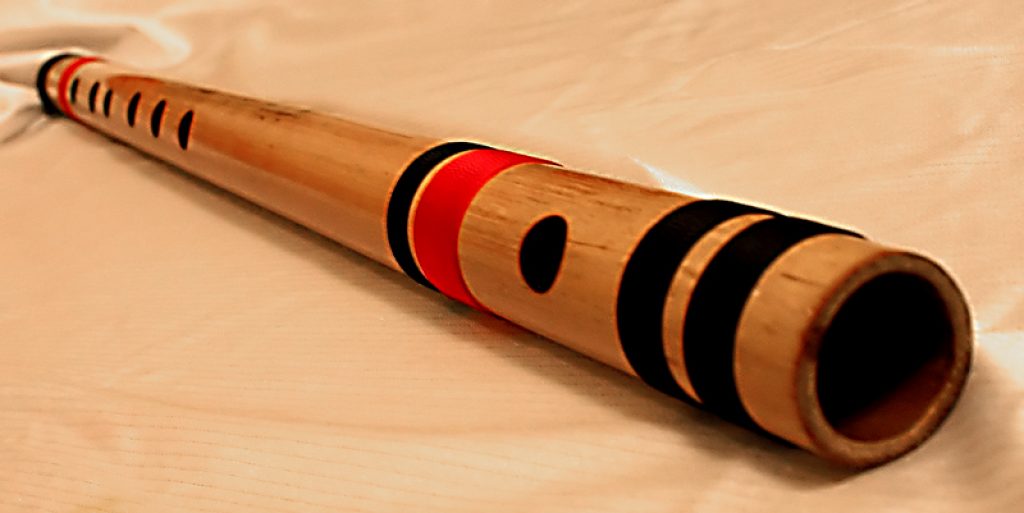
“Bansuri” comes from the combination of two words—“bans” (bamboo) and “sur” (melody), so, as the name suggests, it’s made out of bamboo.
In general, a bansuri flute has one blowing hole alongside six finger holes, and it is not composed of separate components for the head and the foot piece. Many players also add one or more additional holes in the bansuri, but that solely depends upon personal preferences. Typically, increasing the length of the bansuri helps the players achieve lower pitches more easily.
The bansuri is used both in concerts and solo performances, and it provides a soft yet heroic sound. Moreover, players can easily bend notes using a bansuri, which makes this type of flute far different from the other orchestral flutes.
7. Native American Flute
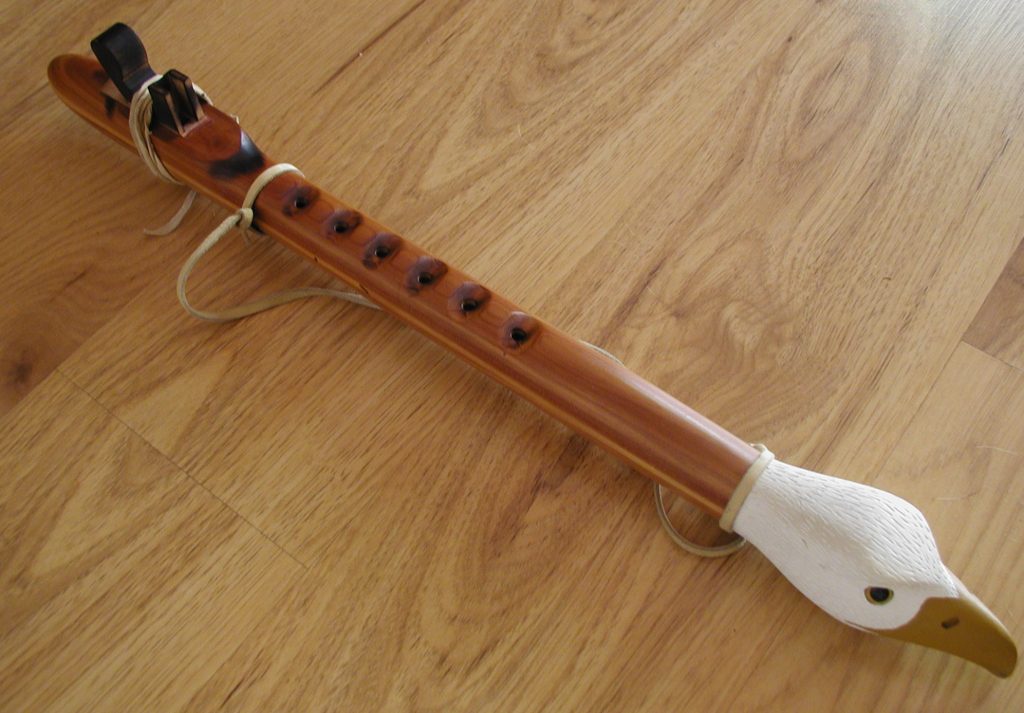
Native American flutes have been around since the 1850s. There is a debate regarding the history of Native American flutes. However, many say it originated when a woodpecker pecked holes in the branches of trees, and wind would blow through these holes to produce a sound that people heard and wanted to replicate. Despite our inability to verify the story, it surely is intriguing!
These flutes are made out of wood, most commonly. Like the bansuri, Native American flutes do not have a separate head, foot, and body components. Instead, these flutes come as a single unit and have open holes for the player to put their fingers on.
Many Native American flutes feature a block on the headspace that is held in place by a strap. The block is a removable part, however, once it’s tightened, it is left like that. Minor adjustments can be made but only if, by any chance, the block has slightly moved. Moving it slightly can produce a slightly different sound.
The sound produced by Native American flutes is warm and nurturing. A distinctive sound (rather old technique), the warble, produced a melodious sound that featured different harmonic components.
8. Dizi (Chinese Flute)
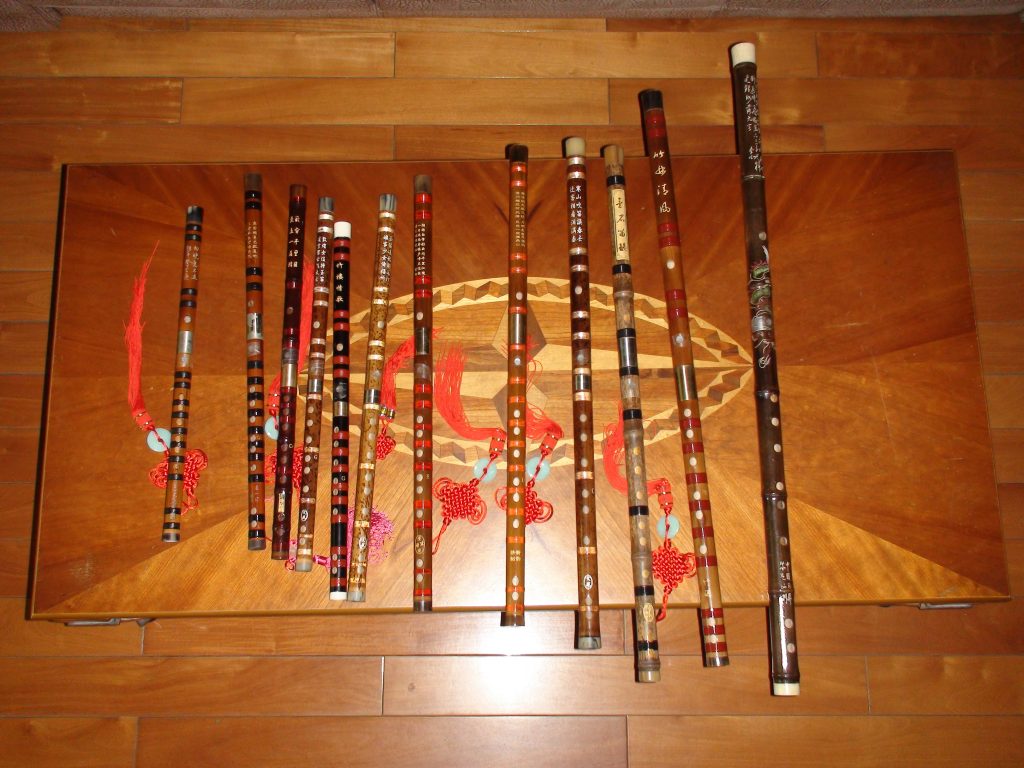
Dizi is commonly used in Chinese traditional music, and like the bansuri, the dizi is also made out of bamboo.
It doesn’t have a separate mouthpiece, head joint, and foot joint components—it comes as a single unit. Right below the mouthpiece, you will find the “mo kong.” A ‘mo kong’ is where the ‘dimo’ (special membrane) is applied to produce a distinctive resonating effect.
Typically, a dizi features six finger holes that a player covers with their fingers to produce different notes. Normally, you can play up to 2 and a half octaves.
In dizies, you will also find copper tuning, and the pitch becomes flat when you twist the flute’s upper part outward. Similarly, when you twist the dizi inwards, the pitch will become sharp.
9. Daegeum (Korean Flute)
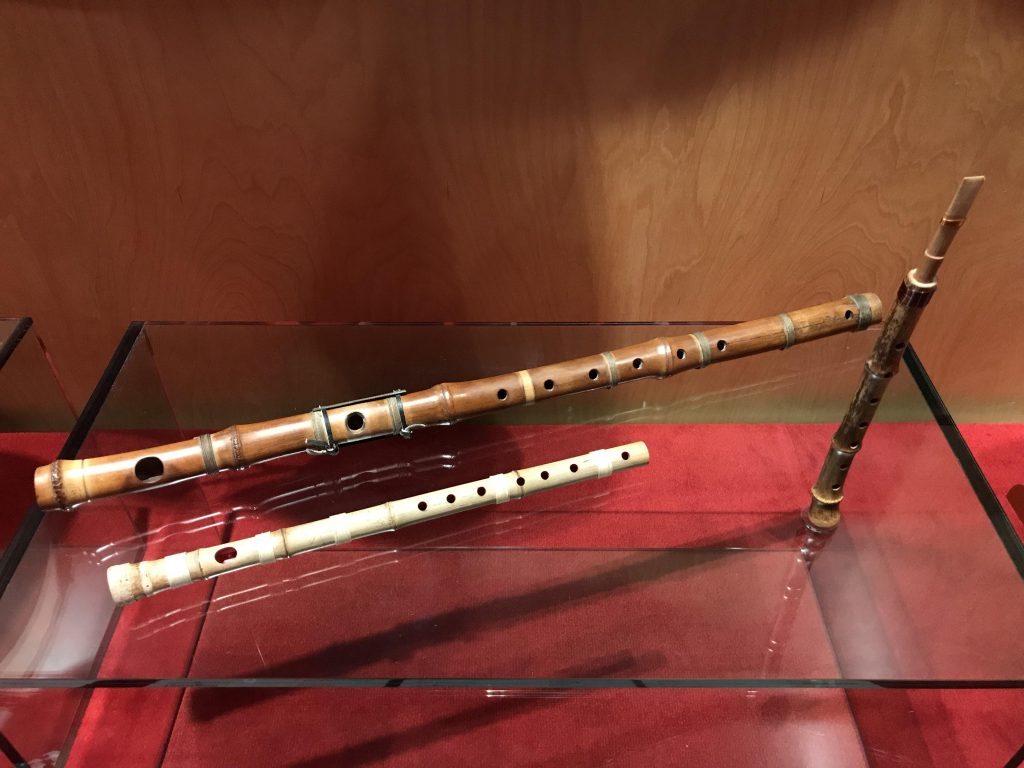
The “Daegeum” is a large bamboo flute that was introduced back in the 7th century.
Typically, the daegeum has six finger holes on the body and one blowing hole on the headpiece. However, it does not feature separate components. Apart from the holes I mentioned above, you will also find another hole on the body where the ‘cheong’ is applied.
The ‘cheong’ acts as a membrane for the ‘dimo’ I mentioned above. It allows the flute to produce a calming, soft, and graceful melody.
There are two additional types of daegeum—”jeong-ak daegeum” and “sanjo daegeum”.
10. Fue (Japanese Flute)

The last item on this list is another bamboo flute—the Fue.
Unlike most flutes, the Fue is not limited to a single kind of flute. In fact, a wide range of flutes falls under the ‘fue’ category, including Shakuhachi, Hichiriki, Hotchiku, Komabue, and many more.
The flute can be categorized as transverse or end-blown. All flutes that fall under fues belong to one of these two categories.
The fue produces high-pitched melodies and is commonly used in folk and traditional music.
Summary
This brings us to the end of our guide on 10 different types of flutes.
When people ask about different types of flutes, sometimes only western concert flutes are listed. That’s why we thought it would be nice to shake it up a little by introducing some other types of popular flutes used around the world.
Concert Flute Image by: Grendelkhan, CC BY-SA 4.0, via Wikimedia Commons
Bass Flute Image by: Yamaha Corporation, CC BY-SA 4.0, via Wikimedia Commons
Irish Flute Image by: XIIIfromTOKYO, CC BY-SA 3.0, via Wikimedia Commons
Bansuri Image by: Betelgeuse, CC BY-SA 3.0, via Wikimedia Commons
Native American Flute Image by: Jossi Fresco, CC BY-SA 3.0, via Wikimedia Commons
Dizi Image by: David290, CC BY-SA 3.0, via Wikimedia Commons
Daegeum Image by: Stephano-labarca, CC BY-SA 4.0, via Wikimedia Commons
Fue Image by: unforth, CC BY-SA 2.0, via Wikimedia Commons





